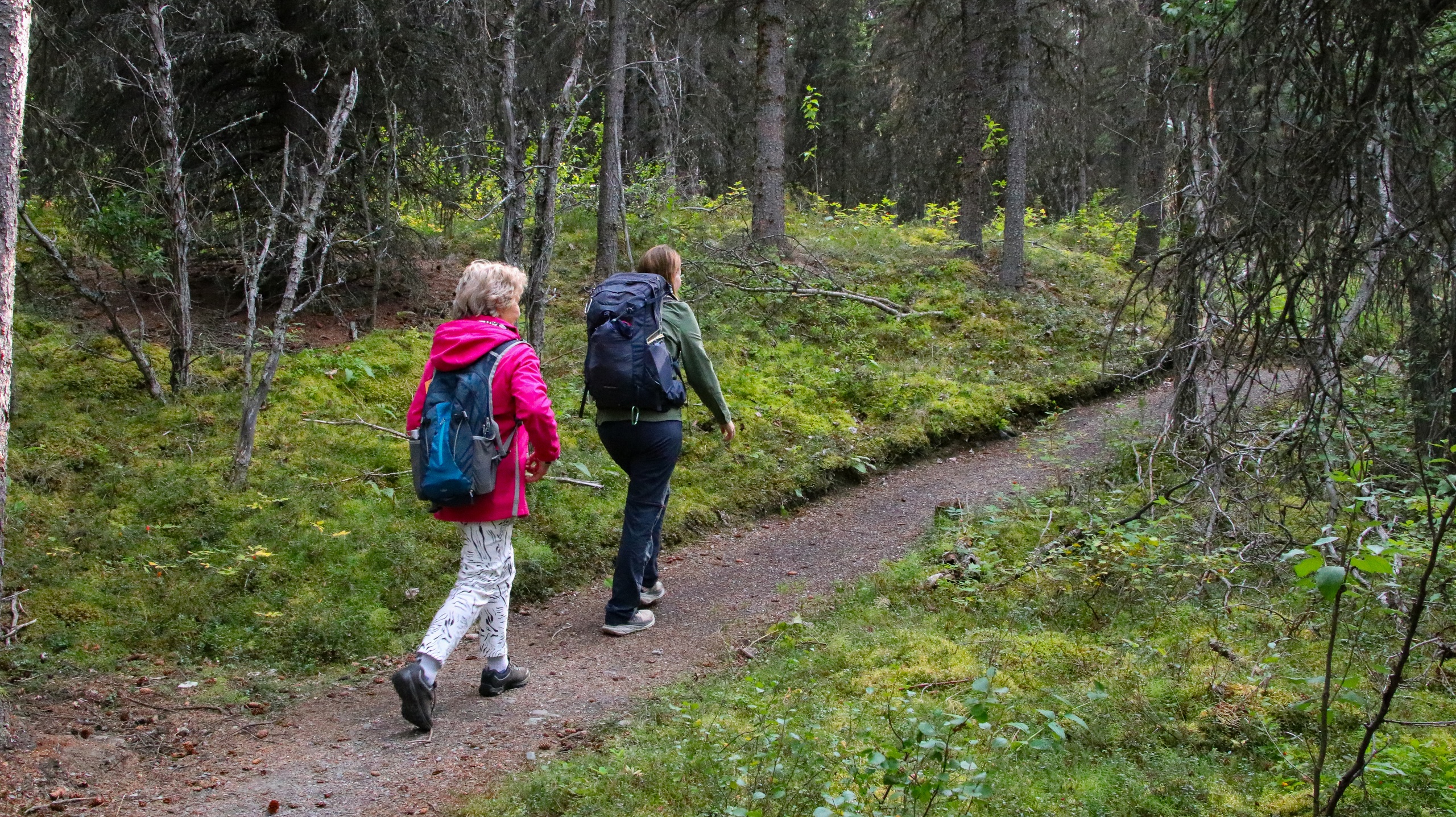City-Edge Safari: Nairobi National Park’s Wild Heartbeat
A half-day safari with full-scale wildlife—just minutes from downtown Nairobi.
Dawn doesn’t so much arrive in Nairobi as it slides in, soft and certain. The city stirs—buses breathe, matatus chatter—and then, within minutes, the skyline drops in the rearview mirror and grasslands take the lead. At the gate of Nairobi National Park, acacias stand like sentries, their umbrellas catching first light. The savanna exhales cool air that smells faintly of dust and morning. Somewhere in the distance, a lion issues a low, unhurried statement, as if reminding the day who’s in charge.
Trail Wisdom
Go at First Light
Arrive at the gate before sunrise for the best predator activity and cooler temperatures.
Bring Binoculars
A compact 8x–10x pair helps spot cats in grass and birds on distant perches.
Stay on Tracks
Driving off-road damages habitat and carries fines; animals will often come to you if you wait quietly.
Dress Neutral, Pack Light
Earth-tone clothing reduces disturbance; a hat and light long sleeves beat the equatorial sun.
Local Knowledge
Hidden Gems
- •Ivory Burning Site Monument near the central plains
- •Hippo Pools walking area along the Mbagathi River (when conditions allow)
Wildlife
Black rhino, Masai giraffe
Conservation Note
The park’s open southern boundary links to the Athi-Kapiti plains; staying on designated roads and minimizing noise helps protect migration routes and sensitive habitats.
Founded in 1946, Nairobi National Park is Kenya’s first national park and a pioneering urban-adjacent conservation area.
Seasonal Guide
spring
Best for: Lush landscapes, Birdwatching
Challenges: Long rains (Mar–May), Muddy tracks
The long rains green the plains and bring exceptional birdlife, though some roads can be slick and sightings more concealed by tall grass.
summer
Best for: Dry-season game viewing, Cool mornings
Challenges: Dust on tracks, Cool, windy dawns
June–August is dry and cool, concentrating wildlife near water and making sightings frequent and clear.
fall
Best for: Shoulder-season serenity, Short-rains drama (Oct–Nov)
Challenges: Intermittent showers, Greening grass hides wildlife
Early fall is dry and productive; the short rains revive the park’s color and bring dynamic skies for photography.
winter
Best for: Crisp light, Excellent predator activity
Challenges: Midday heat (Dec–Feb), Glare and heat haze
Hot, dry conditions favor morning and late-afternoon drives; plan around the midday lull and shimmering heat.
Photographer's Notes
What to Bring
Binoculars (8x–10x)Essential
Spot shy cats and identify birds without disturbing them.
Telephoto Camera Lens (200–400mm)
Gives you reach for wildlife portraits while keeping a respectful distance.
Wide-Brim Hat & Sunscreen (SPF 30+)Essential
Equatorial sun is direct even on cool mornings; protect face and neck.
Lightweight Long-Sleeve Shirt (Neutral Color)Essential
Keeps sun and insects at bay while blending with the environment.
Common Questions
How far is Nairobi National Park from downtown Nairobi?
The main gates are about 7–10 miles (12–16 km) from the CBD—typically a 20–40 minute drive depending on traffic.
Are there elephants in Nairobi National Park?
No. The park is home to black rhinos, lions, buffalo, giraffes, and more, but elephants are not present here.
Do I need a 4x4 vehicle?
A 4x4 is recommended during the rainy seasons when tracks can be muddy. In dry months, a high-clearance 2WD can handle main roads.
Can I self-drive or must I join a guided safari?
You can self-drive with a valid KWS entry and vehicle permit, but hiring a local guide improves sightings and route selection.
Are night drives allowed?
No. The park is open roughly from 6:00 a.m. to 6:00–7:00 p.m. (daylight hours) and closes at dusk.
How do I pay park fees?
Purchase tickets via Kenya’s eCitizen platform and present your QR code at the gate; cash payments are not accepted at most gates.
What to Pack
Binoculars for distant sightings; Wide-brim hat and SPF for equatorial sun; Neutral long-sleeve layer to stay cool and protected; Refillable water bottle to stay hydrated and reduce plastic use.
Did You Know
Opened in 1946, Nairobi National Park is often cited as the only national park bordering a capital city, with black rhinos, lions, and over 400 bird species living within sight of Nairobi’s skyline.
Quick Travel Tips
Buy KWS entry via eCitizen before you go; Arrive at 6 a.m. for the best wildlife activity; Hire a guide or driver for efficient routing; Expect limited restrooms away from gates—plan brief stops.
Local Flavor
Post-safari, head to The Carnivore on Langata Road for iconic Nairobi barbecue, or reserve a table at The Talisman in Karen for farm-to-fork East African fusion. Coffee lovers should try a flat white at Nairobi’s Artcaffé or spring for single-origin Kenyan pour-overs at Spring Valley Coffee. If time allows, pair your park visit with the nearby Giraffe Centre or the Karen Blixen Museum for a broader slice of Nairobi culture.
Logistics Snapshot
Closest airport: Jomo Kenyatta International (NBO). Main gate via Langata Road; 20–40 minutes from Nairobi CBD depending on traffic. Cell service: generally good near the city, patchy in southern sections. Permits: Kenya Wildlife Service entry via eCitizen; no night drives; park hours roughly 6 a.m.–6/7 p.m.; single-use plastics banned in protected areas.
Sustainability Note
Nairobi National Park anchors a critical wildlife corridor. Stay on marked roads, keep voices low, pack out all waste, and bring a reusable water bottle—Kenya bans single-use plastics in protected areas.
Continue Reading

Canyon Wave: Rafting Denali’s Glacial Heart on the Nenana River
The Nenana River doesn’t whisper—it urges you forward. On the Canyon Wave run, you’ll punch through crisp, glacial rapids beneath Denali’s ramparts, trading roadside views for a front-row seat to Alaska’s wild hydraulics. Cold water, big smiles, and a canyon that knows how to keep pace.
Healy, Alaska

Chasing Light in Denali: An Afternoon Hike Across Taiga and Tundra
Trade the tour bus for tundra. This guided afternoon hike threads from shadowed spruce to open ridgeline, where Denali’s valleys breathe wide and the wind calls the cadence. Come for the views, stay for the stories beneath your boots.
Denali Park, Alaska

